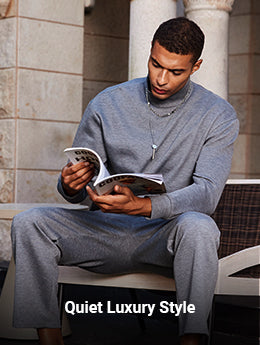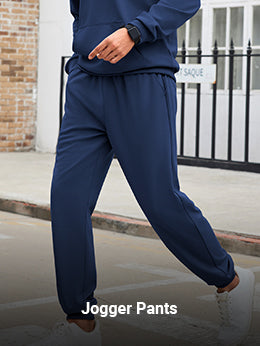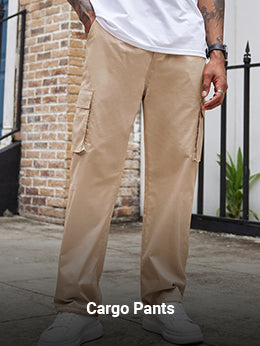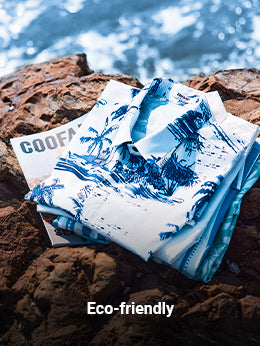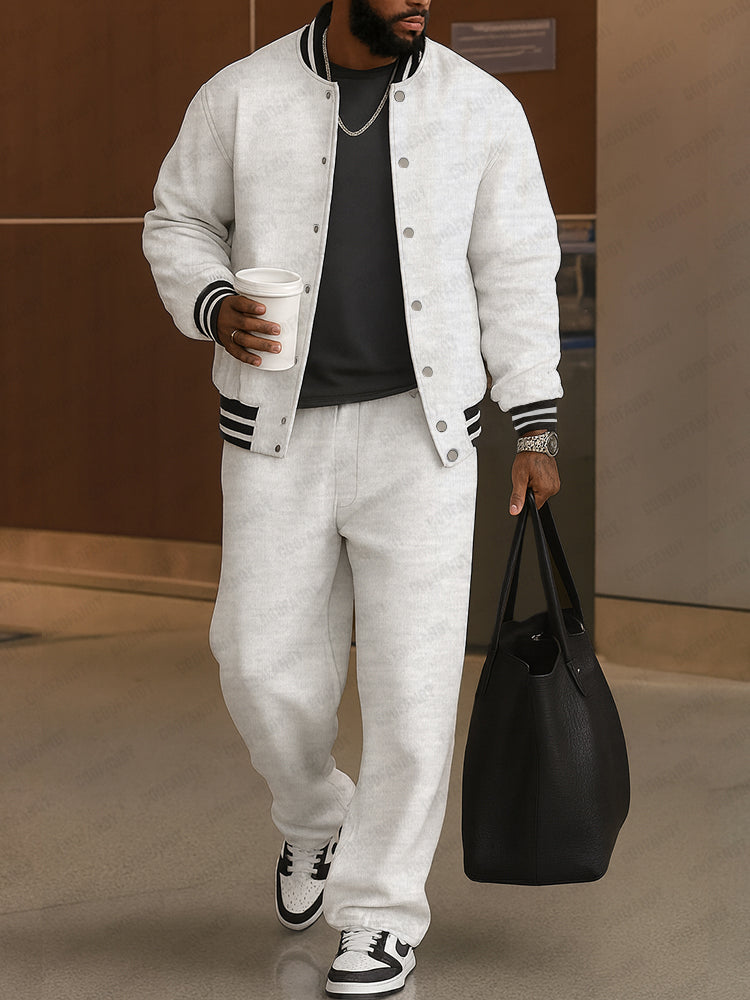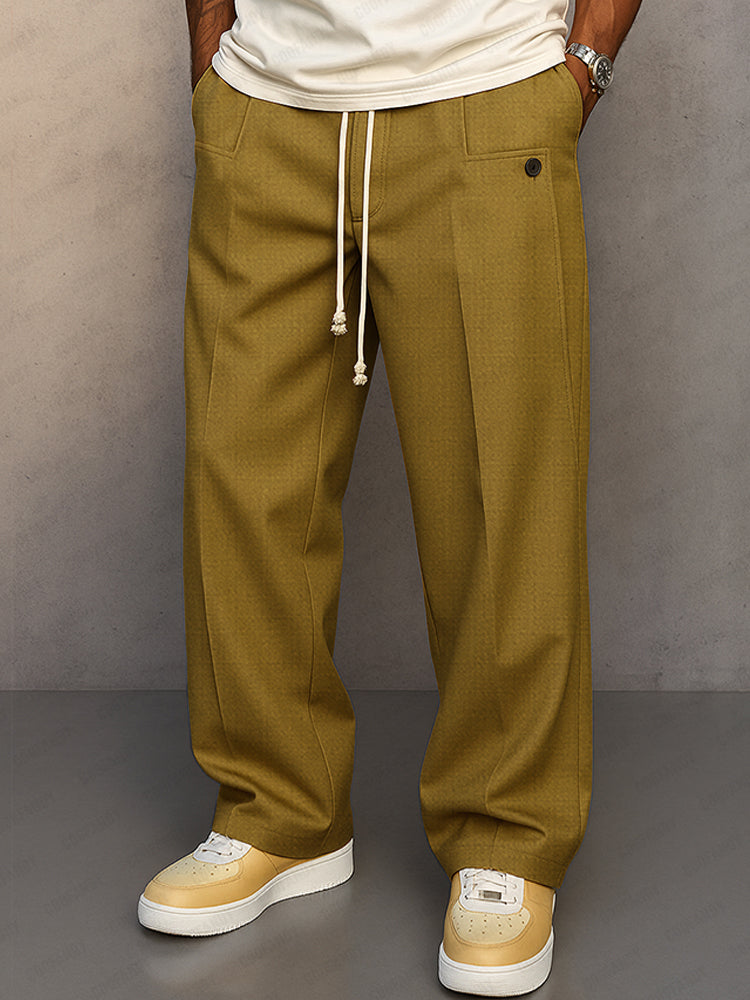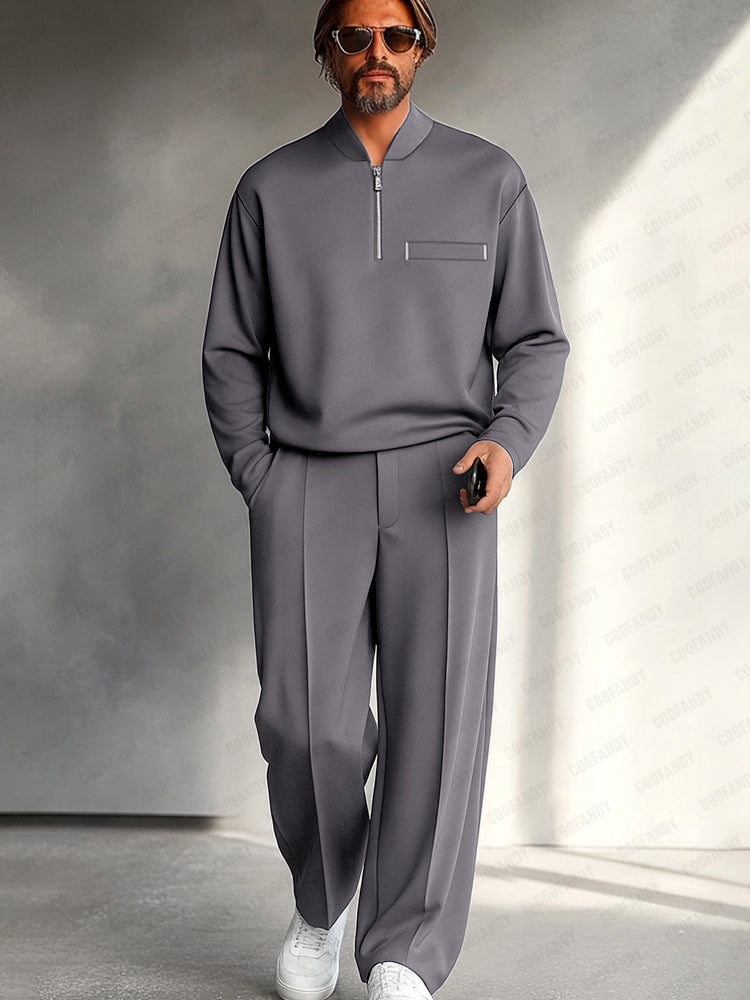Jogging Pants vs. Sweatpants: Which is Better for Your Workouts?
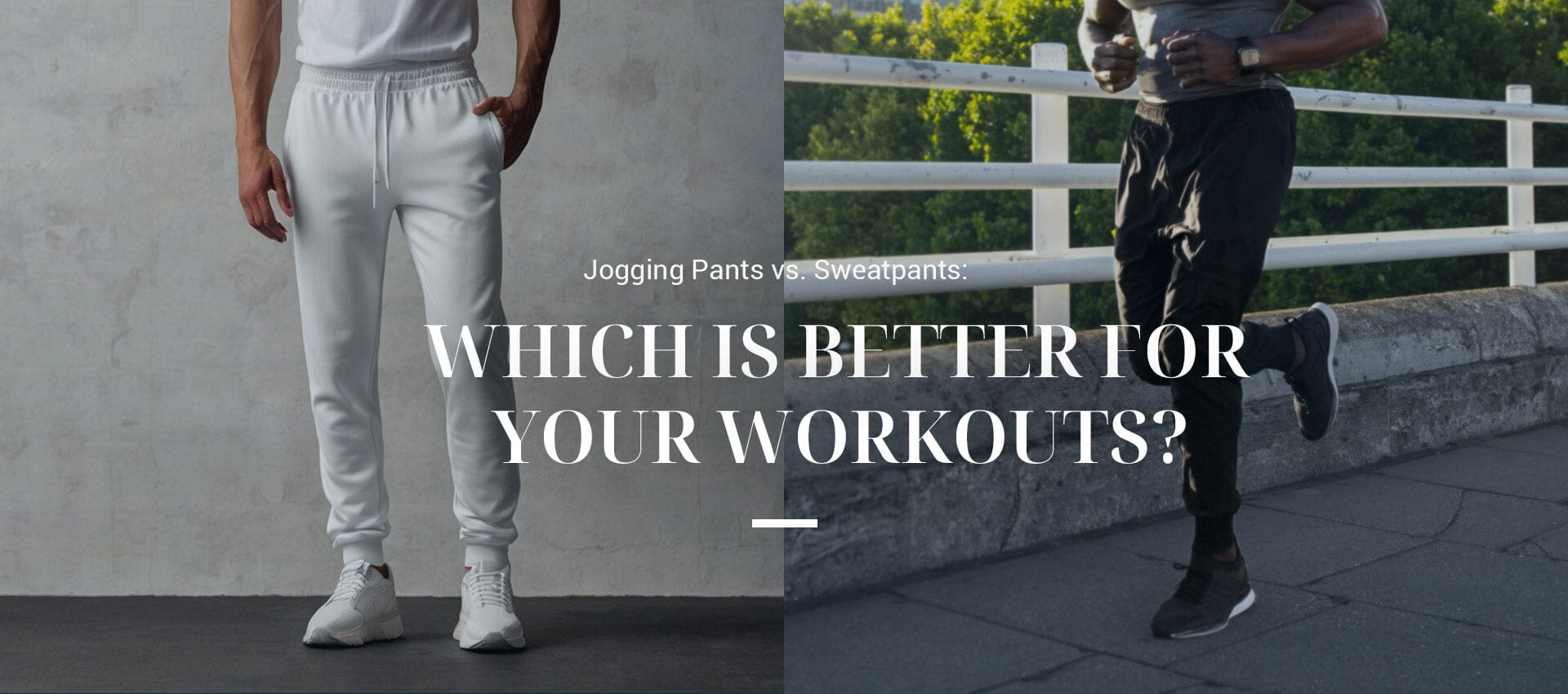
Ever noticed how everyone at the gym seems to be rocking either joggers or sweatpants these days? The world of men's activewear has exploded, with men's jogging pants and sweatpants becoming must-haves for anyone who works out – or just wants to look like they do. Whether you're hitting the gym, going for a run, or just running errands, choosing the right pants can make a huge difference in your comfort and performance.
What Are Jogging Pants?
Joggers pants are a versatile style of sports pants that are both comfortable and stylish. They have a unique tapered shape that gets narrower from the hip to the ankle. Usually, they have three main design elements:
Key Features of Joggers
- The waistband has an elastic band and an adjustable drawstring, so people can customize the fit for optimal comfort.
- The body of the pants has a loose fit; the hips and thighs are wider, and the legs get narrower down the leg for a modern silhouette.
- The ankle cuffs are finished with elastic material that creates a secure, snug fit around the ankles.
Material Composition of Joggers
Joggers are typically made from:
- Cotton, polyester, and spandex blends
- Lightweight, breathable fabrics
- Moisture-wicking materials for athletic use
Different Types of Joggers
- Athletic joggers are specifically engineered for intense workouts and constructed with breathable and quick-drying materials.
- Fleece joggers feature cozy materials, such as fleece or cotton jersey, to provide exceptional warmth and comfort.
- Cargo joggers offer multiple practical pockets and a rugged design for utility.
- Straight-fit joggers maintain a consistent width throughout the leg, providing a more traditional and classic appearance.

What Are Sweatpants?
Sweatpants are comfortable, easy pants that are mostly worn for staying warm and relaxing. Here is a list of their key traits:
Design Features of Sweatpants
Sweatpants have an elasticized waistband and a drawstring for adjusting the fit. The legs and hips are a loose and relaxed fit. They don't taper down the leg like joggers do; instead, the width remains consistent.
They are made of thicker, heavier materials that are meant to keep legs warm and induce sweating during warm-ups.
Material Composition of Sweatpants
The fabric typically consists of:
- Cotton for breathability and softness
- Polyester for durability
- Fleece for warmth
- Spandex for flexibility

Key Differences Between Jogging Pants and Sweatpants
Material and Weight
Sweatpants are made of thicker, heavy materials that are meant to keep heat in and encourage sweating. On the other hand, joggers are made of lighter, more breathable materials that help keep your legs cool while you work out.
Fit and Design
| Feature | Sweatpants | Joggers |
| Overall Fit | Loose, baggy throughout | Tapered from hip to ankle |
| Leg Design | Consistent width | Form-fitting silhouette |
| Ankle Style | Bootcut or flared | Elastic cuffed |
| Waist Style | Often drawstring | Typically elastic with drawstring |
| Design Elements | Basic, traditional | Modern, stylish details |
Intended Use
When it's cold outside, sweatpants really shine. They're your go-to choice for winter outdoor activities, pre-workout warm-ups, and cozy lounging at home. Their heat-retention properties make them ideal for staying warm when it's cold outside.
Joggers are great for everyday use and active settings. Their form makes them good for both exercise and everyday activities, like going to the gym, going for a run, or meeting up with friends for a casual get-together.
Style Versatility
The modern silhouette of joggers makes them look more stylish, and they can be worn from the gym to everyday casual settings. Even though sweatpants are comfortable, they are usually only worn for sports or lounging around.

How Do Joggers and Sweatpants Perform During Workouts?
Their Performance in Handling Sweat and Heat
Modern joggers are made with moisture-wicking materials that pull sweat away from your skin and let it evaporate quickly. This keeps you dry and comfy even during the most challenging exercises. This effective moisture management helps keep you from that uncomfortable, sticky feeling that can distract you from your workout.
But sweatpants tend to hold onto moisture more. This might work well because they were made to get warm or break a sweat, but they can get uncomfortable during longer or harder workouts. The heavier cloth can get heavy when you sweat, making you feel damp and heavy, which might affect your performance.
Their Flexibility When You Move
When working out, being able to move around freely is very important, and jogging pants are great for this. The curved shape and stretchy materials let your body move naturally, so you can do squats, lunges, and other dynamic exercises without feeling restricted. The snug ankle cuffs keep the pants in place, so you won't have to stop working out to adjust your clothes.
Since they are looser and heavier, sweatpants can get in the way when you're doing complicated moves. The extra fabric could bunch up or make it hard to do activities like jumping or running. They're great for warm-ups and light activities, but because they're bulkier, they might limit your range of motion during more demanding workouts.

What's the Final Verdict?
The choice between men's jogging pants and sweatpants ultimately depends on your specific needs and activities. Consider these key takeaways:
Choose Joggers When:
- You need maximum mobility
- You're doing high-intensity workouts
- You want versatility in styling
- Moisture management is crucial
Choose Sweatpants When:
- Comfort is your top priority
- You're in colder environments
- You're doing low-intensity activities
- You want maximum warmth
Jogging pants and sweatpants are both good for guys to have in a well-rounded workout wardrobe. Just make sure that the pants match the right activity and your personal preferences.

